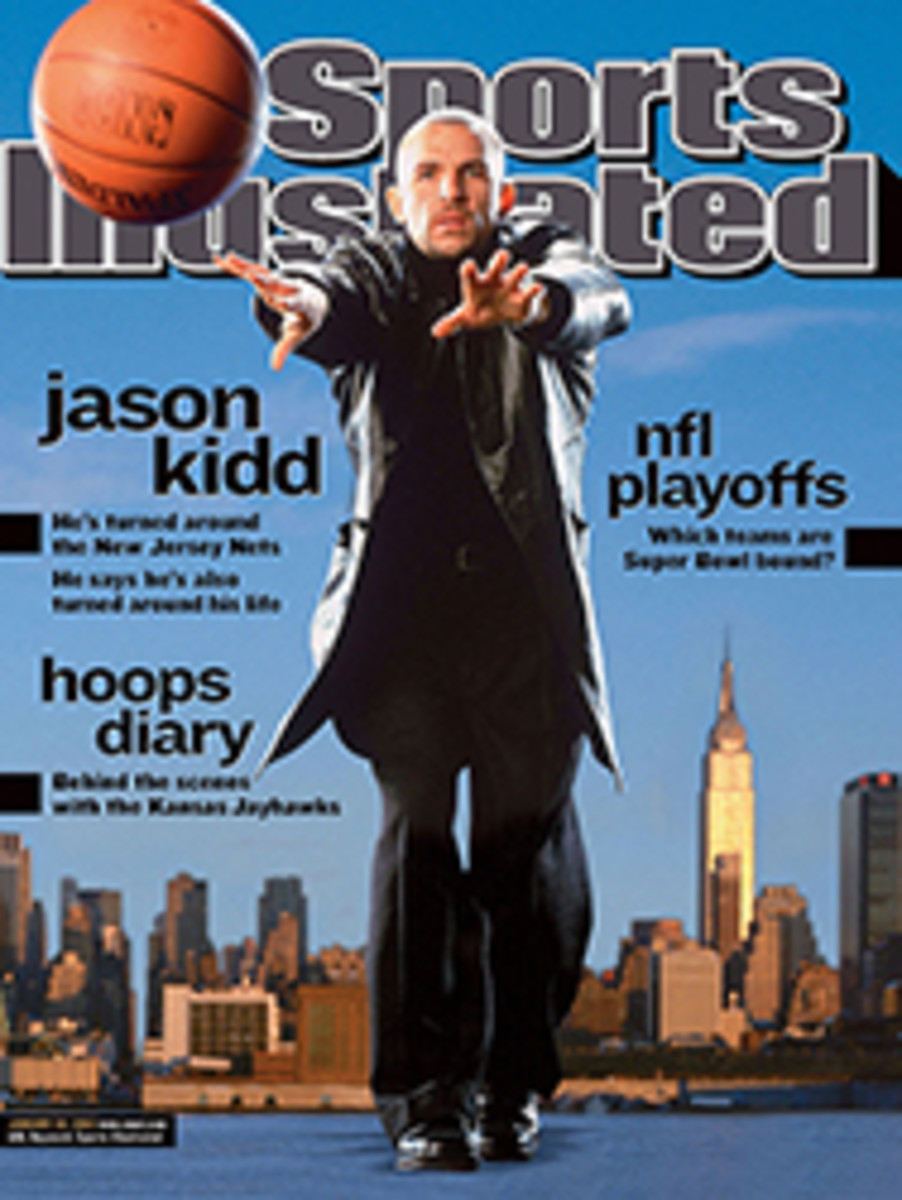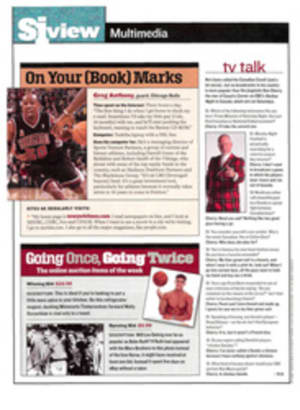
Big Play Phil Mickelson, the Tour's top wedge player, showed his stuff at the Hope by stiffing a flop on the 90th hole to set up a win in OT
Ho-hum. Moments before Mickelson pulled off his great escape on
the final hole of regulation (above), ABC's Curtis Strange said,
"[Phil], you have one tough pitch left," while his colleague Bob
Rosburg was similarly foreboding: "I know Phil's a genius at
this, but this is really a hard shot." Tied for the lead with
David Berganio Jr. at 29 under, Mickelson was in the greenside
rough 35 feet from a tucked flag--the perfect spot for a flop.
Sure, the flop is a low-percentage play for most golfers, even
Tour pros, but the shot is a part of Mickelson's arsenal. It's
no surprise, then, that after the round Mickelson wasn't
impressed that he had hit it stone dead and made birdie. "It was
a good shot, yeah," he said nonchalantly.
MR. CREATIVITY Sorry, Tiger, but Mickelson is the Tour's most
imaginative wedge player, and he offered further proof on the
first playoff hole. Pulling the same 60-degree L-wedge he had
used for his flop, Mickelson stiffed an 80-yard approach from a
tight lie in the middle of the fairway, using the green's
contours as a backstop to spin his ball to within a foot.
Different type of shot, same spectacular result.
PRACTICE MAKES PERFECT It's no secret why Mickelson is one of
fewer than a dozen Tour players who have the skill--and the
guts--to routinely hit flops. As a child he spent countless days
(and nights) toiling on the 25-yard hole in his family's
backyard in San Diego, and he's an even more diligent practicer
now. At the 1998 Tour Championship, I watched him spend 90
minutes working solely on the trajectory of his flop shots after
a Tuesday practice round.
NO LOOKING BACK The media have routinely roasted Mickelson for
the flops he has muffed, including one during the third round of
last year's Masters, when he ballooned a 20-yarder from the
front of the 14th green and watched the ball fly only halfway to
the flag, leading to a disastrous double bogey. But Mickelson
knows that for every flop he misses, he's going to hit nine
winners, which is why he has never shied away from the shot,
even when a tournament is on the line, as it was at the Hope.
TWO COLOR PHOTOS: COURTESY OF ABC
TWO COLOR PHOTOS: PORTER BINKS YES
TWO COLOR PHOTOS: PORTER BINKS NO
THE TIP
When hitting the flop shot, amateurs tend to open the club face
too much, put their hands too far forward and position the ball
too far back in a very open stance. That's a perfect recipe for
a skull. Here are three keys to a successful flop:
1. A slightly open stance
2. A very forward ball position
3. A laid-back club face
When laying back the club face, as I've done in the two photos
labeled yes, the butt of the shaft should point at your belt
buckle, and the leading edge of the club face should be
perpendicular to the target--not open, as in the photos labeled
no. Laying back the club face helps you glide the club under the
ball and get it airborne. Like Mickelson, take a full swing with
your most-lofted wedge, but swing along your foot line, not the
target line. Beware: The flop demands plenty of practice, and
intestinal fortitude.
Brad Redding is the director of instruction at Hartefeld National
in Avondale, Pa., and one of Golf Magazine's Top 100 Teachers.

